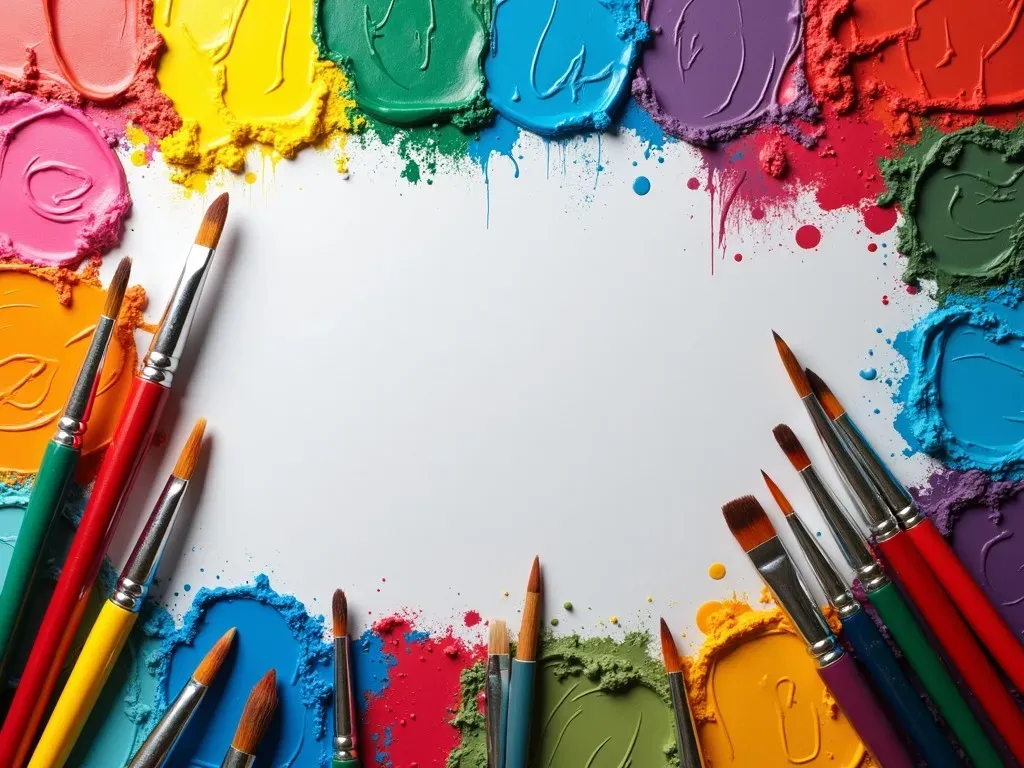Are you searching for fresh and easy oil painting ideas? Look no further! This article is packed with creative and fun painting ideas that will help you unleash your inner artist. Whether you are a beginner or an experienced painter, these painting Inspirations will spark your creativity and bring joy to your canvas.
Discover Thought-Provoking Painting Ideas
One of the best ways to enhance your painting skills is by exploring various themes and mediums. Painting ideas can range from simple shapes to intricate landscapes. Here are some exciting categories of painting ideas to consider:
1. Nature-Inspired Concepts
- Landscapes: Capture the beauty of nature with scenic vistas, mountains, and forests.
- Floral Designs: Paint beautiful flowers to celebrate nature’s colors and forms.
- Animal Portraits: Consider painting your favorite pets or wildlife, which can bring out your playful side.
2. Abstract Art Venture
- Geometric Patterns: Explore shapes and lines that create stunning abstract designs.
- Color Blending: Play with color gradients and blending Techniques to express emotions.
- Splatter Painting: Embrace spontaneity and create dynamic artworks with splatters and drips.
3. Still Life and Objects
- Everyday Items: Use items around the house, like fruits, flowers, or household objects to create your own still life.
- Themed Arrangements: Set up a seasonal display, such as a Thanksgiving table or a summer picnic scene.
4. Fun Painting Ideas for Beginners
If you’re looking for quick and engaging projects, these ideas are perfect for you:
- Sunset Silhouettes: Create beautiful sunset backgrounds highlighted by black silhouettes of trees or buildings.
- Splash Art: Use water and paint to create fun splashes on your canvas for a modern art effect.
- Footprint Art: Get playful by using your feet to create art, painting around your footprints for a unique piece.
Facts & Figures: Art and Mental Well-Being
Painting is not just a pastime; it can also be a therapeutic practice. Recent studies highlight the mental health benefits of engaging in creative activities:
| Statistic | Percentage |
|---|---|
| 1 in 3 adults report reduced stress after painting | 77% |
| Increases in happiness levels | 92% |
| Those who engage in arts reported better social connections | 50% |
Source: Art Therapy Research
Best Painting Ideas for Every Skill Level
Whether you are just starting or looking to expand your repertoire, the following painting ideas cater to a wide range of artistic abilities:
For Beginners
- Blob Painting: Use your hands or sponges to create colorful blobs and patterns.
- Mandala Designs: Explore intricate mandala patterns that promote relaxation and focus.
Intermediate
- Textured Canvas: Experiment with texture paste or fabric for a multi-dimensional look.
- Palette Knife Painting: Learn the techniques of using a palette knife for bold strokes and textures.
Advanced
- Mixed Media: Combine various materials such as paper, fabric, and paint for a mixed-media masterpiece.
- Portraiture: Challenge yourself by painting human subjects or self-portraits.
Painting Ideas Inspired by Nature
Utilizing natural elements as inspiration leads to some of the most stunning artwork. Consider incorporating them into your work:
- Seascapes: Paint calming waves and serene beaches, capturing the essence of coastal beauty.
- Starry Nights: Explore night skies filled with stars and the moon, reminiscent of Van Gogh’s famous work.
Quick Tips for Painting Success
- Choose Quality Paints: Invest in good quality paints for vibrant colors and better durability.
- Understanding Color Theory: Familiarize yourself with the color wheel to create harmonious palettes.
- Experiment with Techniques: Try new styles like watercolor, gouache, or acrylics to find what resonates with you.
Frequently Asked Questions (FAQs)
What are some easy oil painting ideas for beginners?
Easy ideas include abstract designs, simple landscapes, or still life with everyday objects.
How do I get started with painting?
Gather your materials: canvas, paints, brushes, and start with a simple idea or tutorial that inspires you.
Can painting help reduce stress?
Yes! Engaging in creative activities like painting can promote relaxation and improve mood.
Where can I find more painting ideas?
Websites such as My Modern Met host extensive galleries of painting ideas suitable for all skill levels.
Are there any tools I should purchase for oil painting?
You’ll need a selection of brushes, a palette, canvas, and a medium for mixing.
Conclusion
Painting is a wonderful outlet for expression, relaxation, and creativity. The vast array of painting ideas available ensures that there’s something for everyone. Challenge yourself with new techniques and let your creativity flow. You never know what masterpiece you might create next!
By diving into the world of painting, you can enjoy various benefits, from improving your skill set to enhancing your mental well-being. Pick up your brush, and let the adventure begin!
